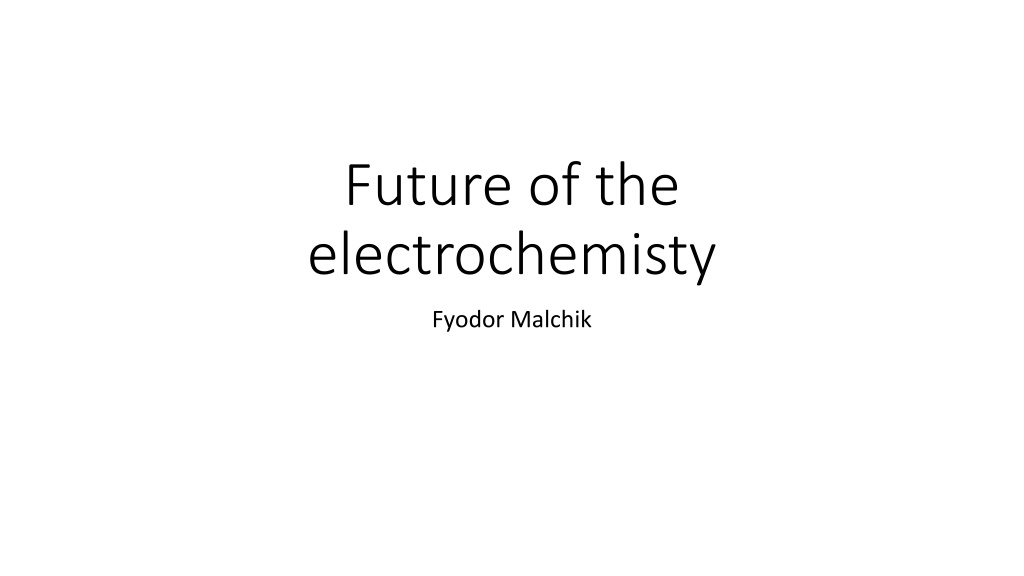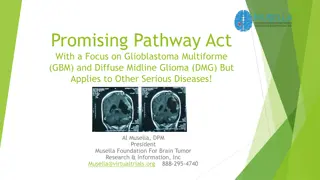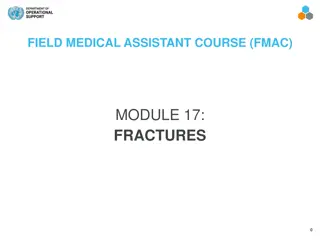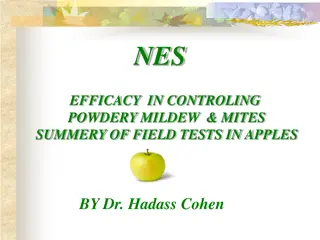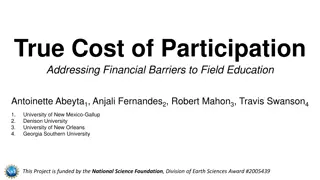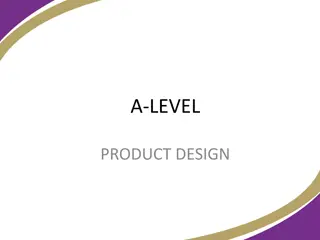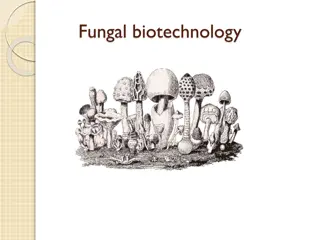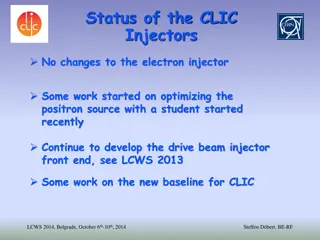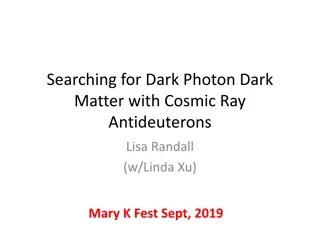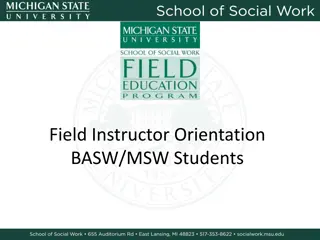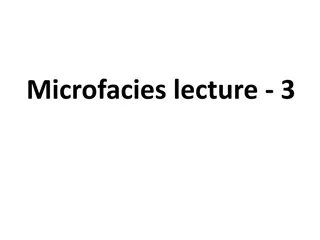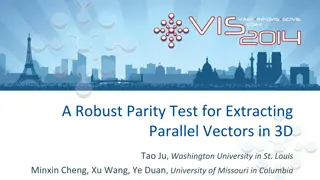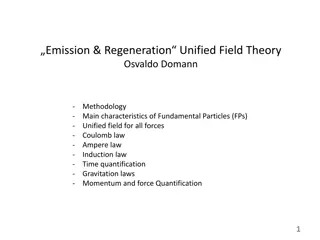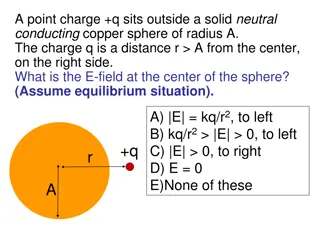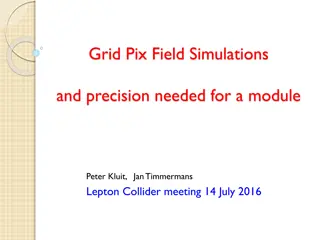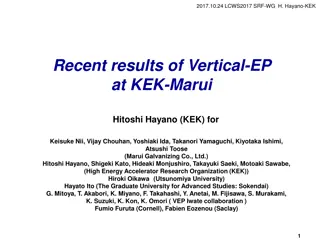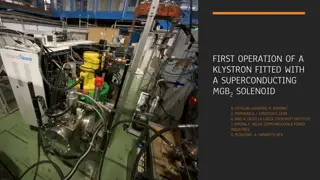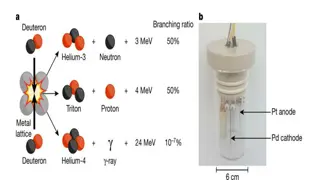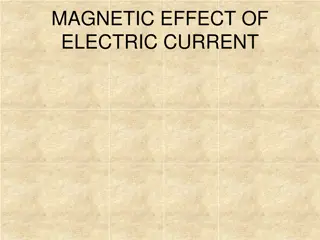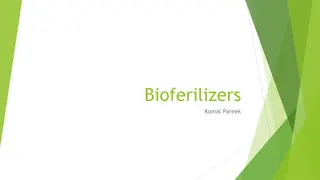Exploring the Promising Field of Nanomedicine and Nanobiotechnology
Nanomedicine and nanobiotechnology are paving the way for revolutionary advancements in medicine, biology, and technology. By working at the molecular level with engineered nanodevices, these disciplines offer new possibilities in monitoring, repairing, and constructing human biological systems. The convergence of nanotechnology with modern biology is shaping a future where unique interactions between biological systems and synthetic materials bring innovative diagnostic, analytical, and therapeutic applications.
Download Presentation

Please find below an Image/Link to download the presentation.
The content on the website is provided AS IS for your information and personal use only. It may not be sold, licensed, or shared on other websites without obtaining consent from the author. Download presentation by click this link. If you encounter any issues during the download, it is possible that the publisher has removed the file from their server.
E N D
Presentation Transcript
Future of the electrochemisty Fyodor Malchik
Introduction Nanotechnology = the emerging technology with enormous potential for Information and Communication ICT Technology ,biology and biotechnology, Medicine and medical technology Nanobiotechnology= The convergence of recent advances in nanotechnology with modern biology and medicine has created the new research domain Nanomedicine =The use of nanobiotechnology in medicine 2 Title of Meeting,Date,Location Nanogentools confidential
What isa nano What is 100,000 times thinner than a strand of hair & 20 times tougher than steel ? ACarbon nano tube CNT 1x10-9 m 3 Nanogentools confidential
Whatisnanotechnolgy Nanotechnology is not biology, physics or chemistry, its all sciences that deal with such a small scale Best definition : ncompesses the common unifying concept & physical laws that privail in the Nano scale www.nanoscience- europe.org 4 Nanogentools confidential
What isnanomedicine Nanomedicine may be better defined as : The monitoring, repairing and construction of human biological systems at the molecular level using engineered Nanodevices and Nanostructures Nanomedicine Roadmaps towards 2020 http//www.foresight.org/Nanomedicine 5 Nanogentools confidential
Definitions Nanomaterials and biological structures are of the same size, which allows for unique interactions between biological systems and synthetic materials for analytical, diagnostic and therapeutic applications Nanomedicine The use of materials whose components exhibit significantly changed properties by gaining control of structures at the atomic, molecular, and supramolecular levels. Novel nano- and bio-materials as well as nanodevices are fabricated and controlled by nanotechnology tools and techniques, which investigate and tune properties,responses and functions of living and non-living matter at sizes below < 100 nm. 6 Title of Meeting,Date,Location Nanogentools confidential
Nanomedicine focusedtopics Engineering Topics including Peptide nanoparticles for medical applications, the Transition from semiconductors to biochemistry in the lithography industry;Topics in ClinicalApplications i.e. nanomedicine and protein mis. diseases Topics in genetics (e.g. Nanostructured probes for gene detection in living cells, Detecting UV damage to individual DNA molecules with Atomic Force Microscopy, Topics in Diagnostics, with its main focus on early diagnosis in vitro and in vivo; Policy and Commercialization Topics, including initiative in nanomedicine to focus efforts in research, development and applied nanotechnology for improving the diagnostics, therapeutics and treatment of cancer; Experimental Research Topics,-main basis for preclinical study, like Nanodiagnostic imaging;Topics on Basic Nanomedicine, Topics on Pharmacology; Topics on Oncology and Toxicology. 7 Title of Meeting,Date,Location Nanogentools confidential
Nanomedicine application domains(1) Diagnostics main objectives of development: -Devices for combinedstructural and functional imaging in vivo -Portablepoint of care devices (POC) -Devices for multiparameter (multiplexing) measurement -Devices for monitoring therapyand personalised medicine Magneticparticles Imaging Magnetic particles for drugs targeting Targetedtherapy and drugsrelease Molecular optical imaging 8 Nanogentools confidential
Nanomedicine application domains(2) Drug delivery / Nanopharmaceuticals Noninvasive delivery of protein nanomadicine Noninvasive delivery DNA based nanomedicine Therapeutic nanaoparticles and polymers Nanocarrrier and transporter molecules and particle Computational tools Nanodevices Focused ultrasound therapy system Pressure and thermosensitive drugs Targeted therapy in Oncology Antiinflamatory diseases 9 Nanogentools confidential
Nanomedicine application domains(3) Regenerative medicine Smart biomaterials Nanorchitectured EMA Synthetic prophorgens High throughout nanoscreening devices Cues delivery shapers Delivery vehicles Cells theraphy Tissue Engineered Producvts (i.e Heart tissues ! ) Cells (Parkinson ,Alzheimer,Huntington ds,cardiac,retinal,diabet,spinal cord ) In vitro assays and bioreactors 10 Nanogentools confidential
Biomedical applications ofNanobiosensors The terms nanoscience or nanotechnology are best used for phenomenon associated with structures approximately 1-100 nm in size where the properties of interest are due to the size of the structure The design, characterization, production, and application of structures, devices and systems by controlled manipulation of size and shape at the nanometer scale that produces structures, devices and systems with at least one novel/superior characteristic or property 11 Nanogentools confidential
Nanotechnology in nature When it comes to nature,they are the king of nanotechnology A flagelia structure is a complexity of nanorotors,motors tubes & arms that works better together, many of which we still try to decipher they work how http//wwww.micro.magnet.fsu.edu//cells/cilliandflagella/ciliandflagella.html 12 Nanogentools confidential
Schematic representation of nanobiosensor components Nanogentools confidential 13
Potential fields Nanogentools confidential 14
Schematic presentation ofa biosensor. Biosensors devices for biological analytes which have wide including biomarker dete- ction for diagnostics, and pathogen and toxin detection in a by specimen analyte on surface are the detection of applications, medical binding reactive the 16 Title of Meeting,Date,Location Nanogentools confidential
The nanobiosensor principle of operation Nanogentools confidential 16
Sensingtechniques The sensing techniques can detect the interaction between bio- receptors and target compounds using different appropriate nanostructures The two principal components of biosensors are : biologicalelement and a transducer. The biological element interacts with an analyte to produce a detectable change. The transducer converts the physico-chemical change in the biologically active material resulting from the interaction with the analyte into an analytical useful / measurable signal According to the transducers, the biosensors can be classified as (iii) piezoelectric biosensors. (i) electrochemical, (ii) optical, and 17 Nanogentools confidential
What is a biosensor ? Nanogentools confidential 18
The components of a typical biosensor. Nanogentools confidential 19
Biosensing operation system Nanogentools confidential 20
Electrochemical nanobiosensors Electrochemical methods of interest worldwide and remarkable advantages: high sensitivity, small dimensions, low-interference characteristics, low cost, and compatibility with microfabrication technology Depending upon the electrochemical property to be measured by a detector system, electrochemical biosensors can be divided into four sub-categories potentiometric, amperometric, conductometric, and impedimetric biosensors 21 Nanogentools confidential
Electrochemical biosensors Electrochemicalbiosensors are mainly based on the fact that during a bio-interaction process, electrochemical species such as electrons are consumed or generated producing an physically readable electronic signal which can be recorded by applying different electro-chemicaldetections. Electrochemical property to be measured by a detector system, allows to be divided into four sub-categories potentiometric, amperometric, conductometric, and impedimetric biosensors Principle of Electrochemical Biosensors 22 Nanogentools confidential
